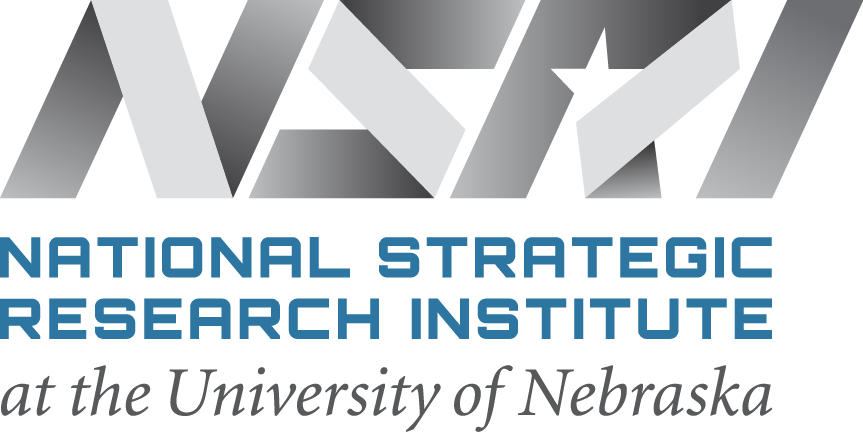
If you had met Tomas Helikar in another life, you might have found yourself speaking with a computer engineer, because in college he began studying computer engineering. But, thanks to a math professor and a gutsy decision, that is not the Tomas Helikar you’ll meet in this life.
“During my undergrad, one day I just realized all I could imagine doing with that degree was build software for banks, and that didn’t sound appealing,” he said.
Then, his professor asked for volunteers to help with a project funded by the National Institutes of Health (NIH) to build a mathematical model of biochemical pathways.
“I said, ‘I don’t know what that means, but I’ll try it,’” he explained, “and it opened my eyes to life sciences. I started reading biological literature and learning from scratch.”
He discovered a need for research at the intersection of mathematics, computer science and biology —building biochemical pathways using software to simulate models and allow others to see and understand those pathways. He was hooked.
He changed his major and earned a bioinformatics degree, and, before he knew it, his advisor urged him to earn a doctorate degree.
“My perception was that you have to be a genius to get a doctorate, and I didn’t want to spend another five years in school,” he said. “My advisor said follow-through and dedication are the key to a doctorate, not being a genius. It was the best decision someone else made for me.”
Today, the now-Dr. Helikar is a biochemistry professor with a courtesy appointment in Computer Science and Engineering at the University of Nebraska–Lincoln. There is no doubt he’s made his mark in a field he never thought he would be a part of.
A program director of a federal government agency Dr. Helikar works with said:
“In my long career I have been fortunate enough to meet hundreds of bright and talented researchers, in many areas of science. It’s particularly rewarding when I meet someone who I think will be a leader in the years to come. Tom is one of these special people. It is my distinct honor and privilege to have played a role in the development of his career and then to become a valued colleague.”
Dr. Helikar leads a well-funded lab at the university, where he and his team pursue multiscale modeling in life sciences research and education.
“We build technologies and computer models of cells and diseases that can lead to more-effective, less-harmful drug therapies, in a more cost and time efficient way,” Dr. Helikar explained. “We are unique in that we are trying to bridge the gap between computational modeling and the way traditional lab experimentalists work. We want to create models that do not require researchers to have a computational background.”
Models are like automobiles, he explained. Drivers don’t have to understand how a car works; they just need to know how to press the gas and brake. Computational models don’t require scientists to know everything.
“We want models researchers can use to generate new hypotheses and refine them to move biomedical discovery forward in new ways,” he said.
Dr. Helikar loves the autonomy of his work. He also likes the translational aspect of it — turning science into things that help people.
It got personal for him when his 9-week-old son became the second-youngest human to receive a lung transplant. His son, now six years old, has a highly compromised immune system.
“That makes it stressful but motivating,” he said, “to work toward science that could help him going forward.”
It is perhaps this personal aspect of his work that, in part, makes him so passionate.
“He brings passion and vision not only to his science – the quest to understand immunity – but also to pedagogy, infrastructure and capacity-building, and service to the field by designing and supporting tools and resources that help other scientists,” said the federal program director. “He is the consummate collaborator, humble and open to exploring new ideas and accepting of other perspectives.”
The lab’s work now includes exploring drugs that prevent and treat acute radiation syndrome (ARS) for soldiers, part of the Nebraska Drug Discovery and Development Pipeline (ND3P) at the University of Nebraska.
The National Strategic Research Institute (NSRI) assisted in assembling the group, which is funded and led by the U.S. Department of Defense. Using computational science, Dr. Helikar helps the team see the disease more holistically and dynamically. The work applies to other diseases and scenarios as well.
“It’s exactly what I want to be working on,” Dr. Helikar said.
The ND3P team is highly interdisciplinary, which Dr. Helikar believes allows it to “make contributions to the whole cycle of scientific discovery.”
But this discovery ultimately begins, he said, with training students, giving them knowledge and motivation to learn the process all the way to drug development.
“It’s nearly impossible for students to learn everything by memorizing and listening to didactic lectures,” he said. “Instead, they must be taught systems thinking.”
Dr. Helikar’s advice to students is to explore all options early. Have the courage to volunteer, he said.
“Seek out opportunities and be involved in research during the undergrad experience, where you have all the time in the world to figure out what you like and don’t like and narrow it down,” he said. “I’m shy, and I don’t know why I raised my hand to help the math professor. If I hadn’t had the guts, I don’t know where I’d be, but not this career.
“I didn’t think I could do it, but I absolutely love what I do.”
###

